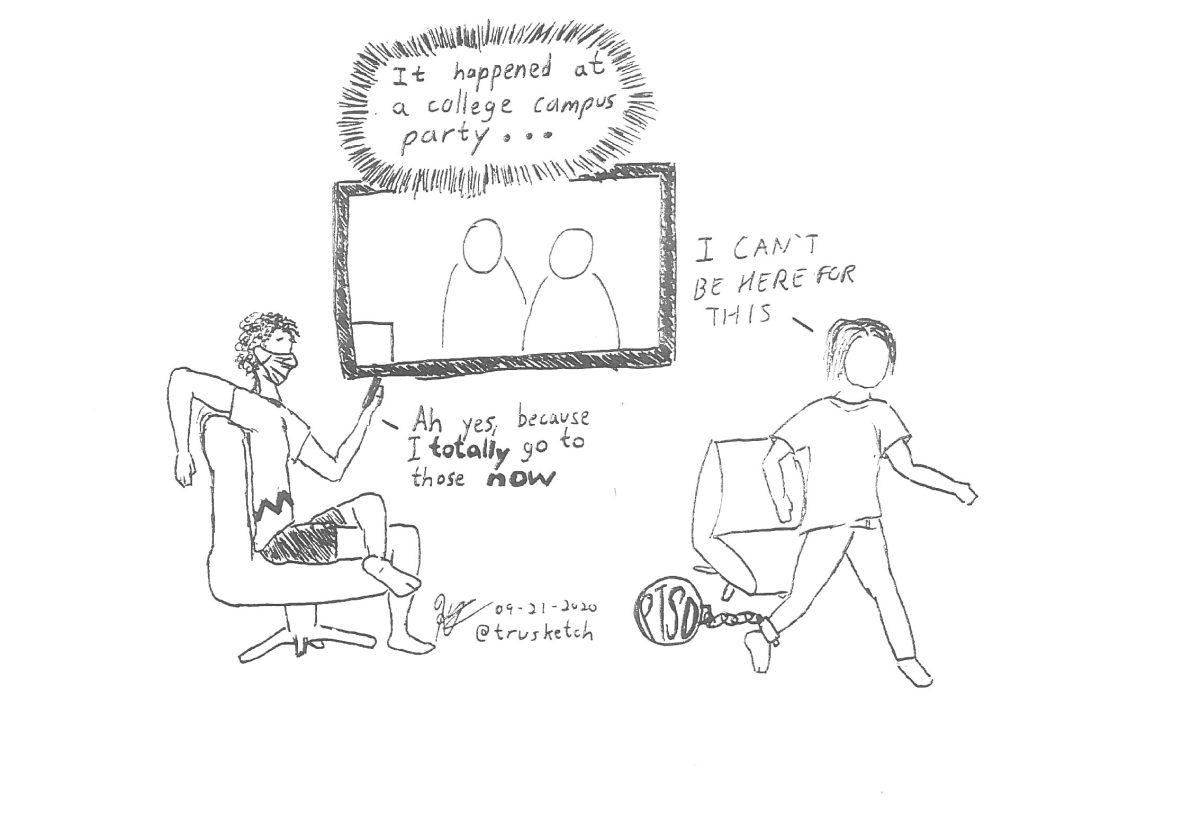Even as college-related activities at Sonoma State University have become virtual, Title IX training requirements still fall upon students to complete, in an effort to create a safer and less hostile environment with a main focus on sexual assault, discrimination and abuse. But what really is Title IX? And what has been changed from previous years when accessing this mandatory student training?
Title IX is labeled as a federal law that serves as a “powerful tool” for combating campus violence, and it was proposed in the Education Amendments Act of 1972. This program is enacted in many schools as training for students to learn about gender-bias and the dangers of sexual abuse. Title IX’s main message is that “No person in the United States shall, on the basis of sex, be excluded from participation in, be denied the benefits of, or be subjected to discrimination under any education program or activity receiving Federal financial assistance,” as stated by the U.S. Department of Education.
Many universities around the country use Title IX as a way to enhance knowledge about misconduct and discrimination in an educational institution, and these students are required to participate in a training course that varies depending on their accompanying state’s laws. This training is very much the same, focusing on avoiding sexual wrongdoing and discrimination.
Universities that participate in this training have their student’s take a comprehensive 30 to 40-minute training that consists of videos, stories, and ideas that relate to Title IX. This includes, but is not limited to, sexual assault in the workplace, sexual assault in educational setting, and sexual violence prevention. This training must be completed by all Sonoma State students by Sept. 30 to avoid a registration hold on their account for the following semester. Students who do not perform this task by Sept. 30 will not be able to register for classes in the upcoming semester until this training has been completed.
This training, however, contains very sensitive material involving sexual violence and assault, and to those with significant trauma, can bring up some horribly traumatic past emotions. Students who have suffered from sexual misconduct, and/or those who do not feel comfortable with this training, are asked to still partake in this exercise with a different and new alternative format. This year, Title IX dictates that students who “believe this training will be traumatic may request an alternative training form,” but this request must be filled out by Sept. 23 and will also involve a 45-minute meeting with Sonoma State’s Confidential Advocate.
This becomes a bit controversial, as the normal training is said to be strictly confidential, but to those who feel this training is too traumatic for them, a meeting with an advocate on alternative training strips students of their confidentiality. The university is offering little information about the opt-out process or what these alternatives include. For someone who has dealt with major sexual abuse, it may be hard to even want to discuss details and circumstances with a Sonoma State advocate, especially not knowing exactly what this process entails.
Prior to this virtual year swirling around due to the pandemic of COVID-19, Title IX allowed students an “opt-out” option, which allowed them to email the Office for the Prevention of Harassment and Discrimination team, letting them know how this training will affect them in negative ways, including bringing up past trauma, and Title IX would give those students the allowance to opt-out while not leaving a hold on their registration.
In 2019, when the “opting out” option was available, it was an easier way for students who have trouble dealing with Title IX to not feel the repercussions of it, as well as it not hurting their school registration status. The OPHD would normally exempt a student from the training, and provide them with a PDF PowerPoint of key points in the online training as well as resources and support options that are available. This was created and became easy for the student to become familiar with these terms and ideas while still not being affected negatively by the training.
The opting out process provided relief for students who feel violated when discussing these sensitive topics and allowed them to express how they felt rather than share their real and personal experience, which can bring up negative emotions leading into a more negative state of mind.
Although the testing procedure is important, and free, for handling complaints that lead to sexual harassment, violence, or discrimination, it makes one wonder why the people who have suffered must partake in this training. Why did Title IX take away opting out? Does Title IX believe that students who have suffered sexual trauma will want to come forward with their advocate, or just take the pain and suffer through the original training?



































